All Essential Oils Are NOT Created Equally
Since May of 2014 I have been detoxing our home and incorporating essential oils into our life. I have removed many medicines and harsh chemicals from our home. I have been able to do this because the essential oils that I buy are pure therapeutic grade. This is really important.
Are you wondering why all essential oils are not created equally? I mean, wouldn’t it be easiest to just be able to hop on Amazon or run to the grocery store and buy some over the counter oils and save some money? At one of my health market I can buy an essentials oil for let’s say $6.00 a bottle instead of $12.00 for that same oil through Young Living. That said, it is like the wise words of our mother… you get what you pay for! I do not want to toss $6.00 down the drain for an oil that is not therapeutic and is synthetic and brings me zero benefit. If I am worried about spending $12.00 on something great I should equally be concerned about tossing away $6.00 on something that provides no benefit at all. Right?
This is what we have to remember, therapeutic grade does not simply indicate that the oils are pure. It is more than that! When you are buying your oils from a place that guarantees control over the process from seed to seal, you know you’re getting the finest product. Look at it this way, we are putting these oils on our skin, the largest organ we have. We are ingesting these oils and inhaling them. Do we want to do this with oils that are not guaranteed to be free of petrochemicals and synthetics? I do not want this stuff on my skin or in my body. Would you rub pesticides and fertilizers on your skin or that of you kids? You can not guarantee this level of purity without owning you own farms and distilleries.
I use and believe in Young Living oils. They own their farms and they have an open farm policy, think open door policy, and they guarantee their product seed to seal. They can because they own their farms and distilleries.
Young Living Essential Oils Are:
• 100% pure
• Sourced only from known botanical species
• Sustainability grown and harvested
• Grown on chemical-free lands in carefully nourished soil (organic)
• Unmatched throughout the essential oils industry
• So pure and natural, they’re used and recommended by integrative health professionals around the world
The fact that Young Living’s oils are organic is more important than food being organic. Since essential oils are the concentrated essence of the plant, any contaminants in the soil or on the plant will become present in the oil.
When we compare Young Living ’s “therapeutic-grade” essential oils with the type of “pure essential oils” available at wholefood shops, we find significant differences in quality and purity. For example, the Essential Oils Desk Reference tells us that:
“Pure frankincense is often extended with colorless, odorless, solvents such as diethylphthalate or dipropylene glycol…unfortunately, a large percentage of essential oils marketed in the United States fall in this adulterated category. When you understand the world of synthetic oils, as well as low-grade oils cut with synthetic chemicals, you realize why unsuspecting people with their untrained noses don’t know the difference…
“Anyone venturing into the world of therapy using essential oils must use the purest quality oils available. Inferior quality or adulterated oils most likely will not produce therapeutic results and could possibly be toxic.” Robin Phillips at Grasping the Essence
Grades of Essential Oils:
Essentially there are 4 grades of essential oils:
1. Grade A oils are pure, therapeutic, and superior quality. They are usually made from organically grown plants, and are distilled at the proper temperatures. “Virgin” soil may also be used.
2. Grade B oils are the most common essential oil and they are sometimes labeled as “pure.” However, they may still contain pesticides, fertilizers, synthetics, extenders, or carrier oils. While Grade B oils are considered “food grade,” I would never recommend ingesting these oils.
3. Grade C oils are perfume grade and usually contain the same type of adulterating chemicals as Grade B oils. They also often contain solvents which are used to gain a higher yield of oil per harvest. Solvents are not healthy. Still, these oils are sometimes used in aromatherapy or for making perfume products.
4. Floral Water is a byproduct of the distillation process. It can be very high quality if superior, organic material is used and it comes from a “Grade A” distillation process. However if it is from compromised raw materials and/or a poor distillation process, it will be a very low quality. Floral Water is often used for more expensive oils, such as Rose Oil, since it takes 5000 pounds of roses to make just one 1 pound of essential oil.
Ask Yourself Before You Buys Essential Oils:
I know it is tempting to buy oils that seem less expensive upfront, but if they are not therapeutic grade and pure superior quality is it really worth it to spend money on oils that are synthetic and provide zero results?
While there are many things I will buy on Amazon or at the local health market, essential oils is not one of those items. I have been using Young Living since May 2014. We see results for our family and I believe in the product I am buying and I really want to share them with you!
- Are the fragrances delicate, rich, and organic? Do they “feel” natural? Do the aromas vary from batch to batch as an indication that they are painstakingly distilled in small batches rather than industrially processed on a large scale?
- Does your supplier subject each batch of essential oils through multiple chemical analyses to test for purity and therapeutic quality? Are these tests performed by independent labs?
- Does your supplier grow and distill its own organically grown herbs?
- Are the distillation facilities part of the farm where the herbs are grown (so oils are freshly distilled), or do herbs wait days to be processed and lose potency?
- Does your supplier use low pressure and low temperature to distill essential oil so as to preserve all of their fragile chemical constituents? Are the distillation cookers fabricated from costly food-grade stainless steel alloys to reduce the likelihood of the oils chemically reacting with metal?
- Does your supplier personally inspect the fields and distilleries where the herbs are grown and distilled? Do they verify that no synthetic or harmful solvents or chemicals are being used?
- How many years has your supplier been farming oils?
- Do your essential oils have a shelf life of just a few years? [If so, this means they are probably mixed with a carrier oil (like almond oil) that will go rancid.] This means the oil is certainly not pure.
- Do your essential oils come from an edible plant, yet have a warning on them not to take them internally? [This is a huge red flag!]
Here is how easy it is to tamper with the essential oils and why you should never buy from Amazon even if the name says Young Living on the bottle. Buy only from Young Living directly.

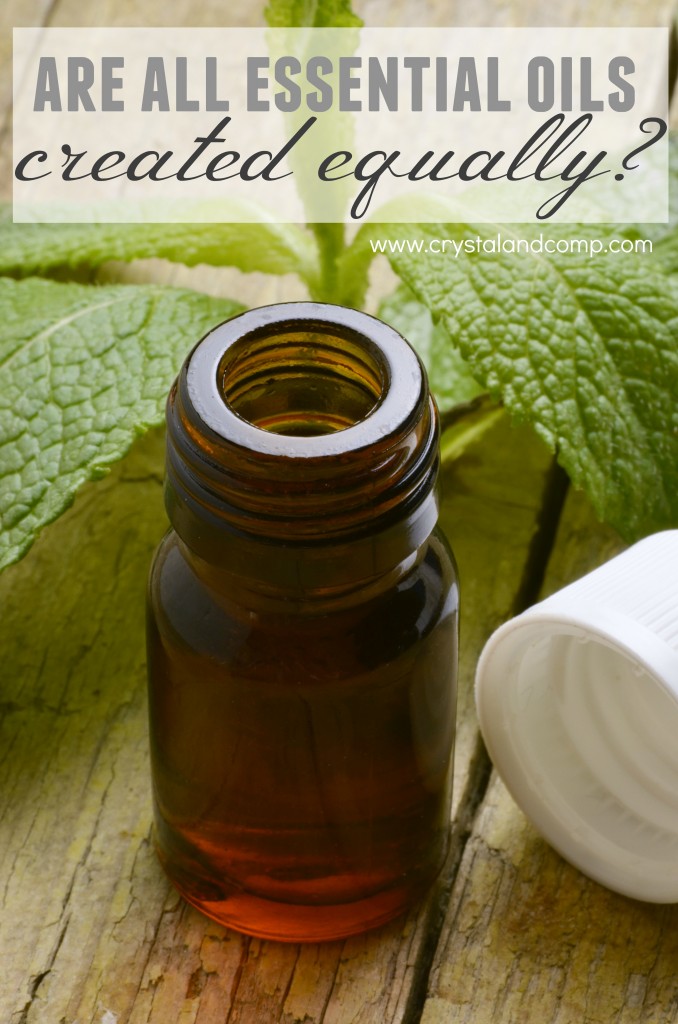
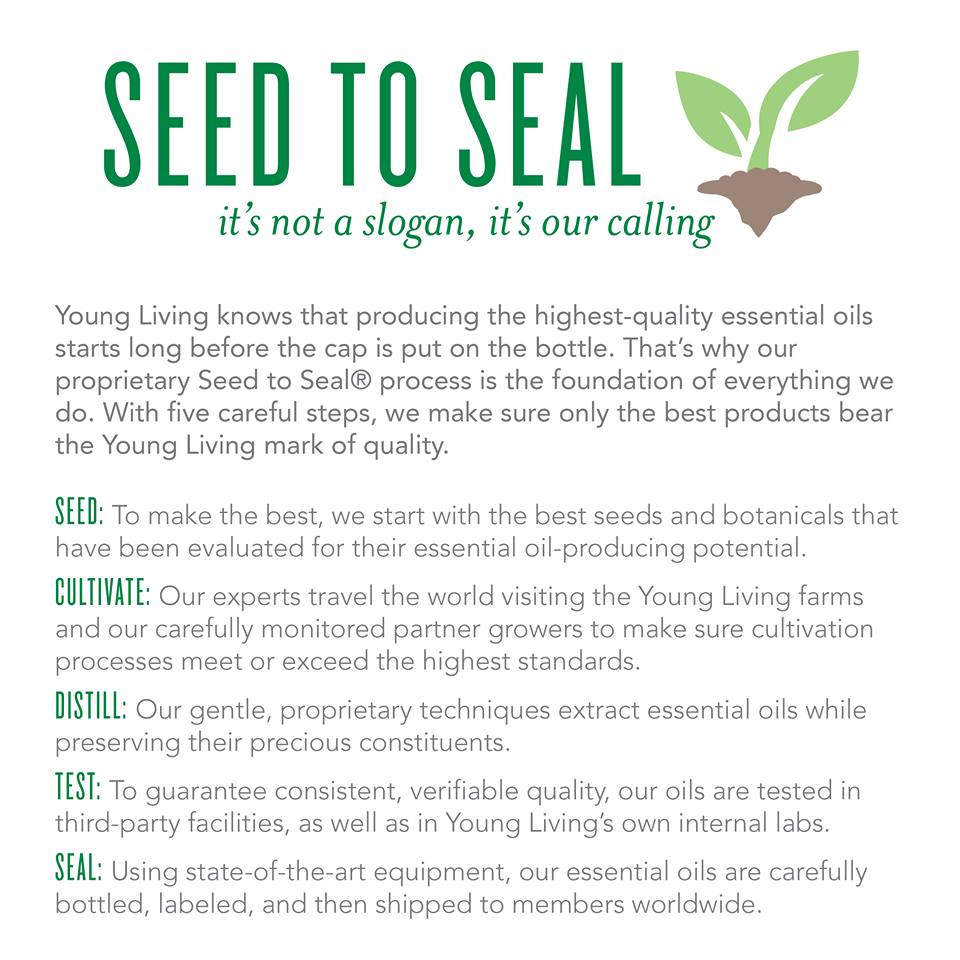
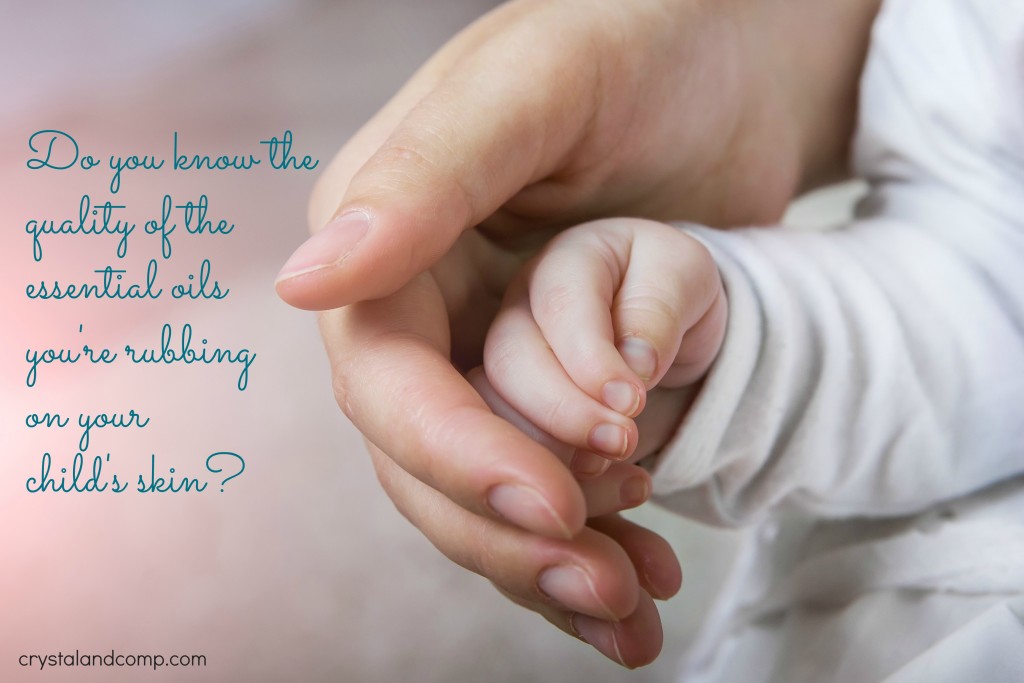
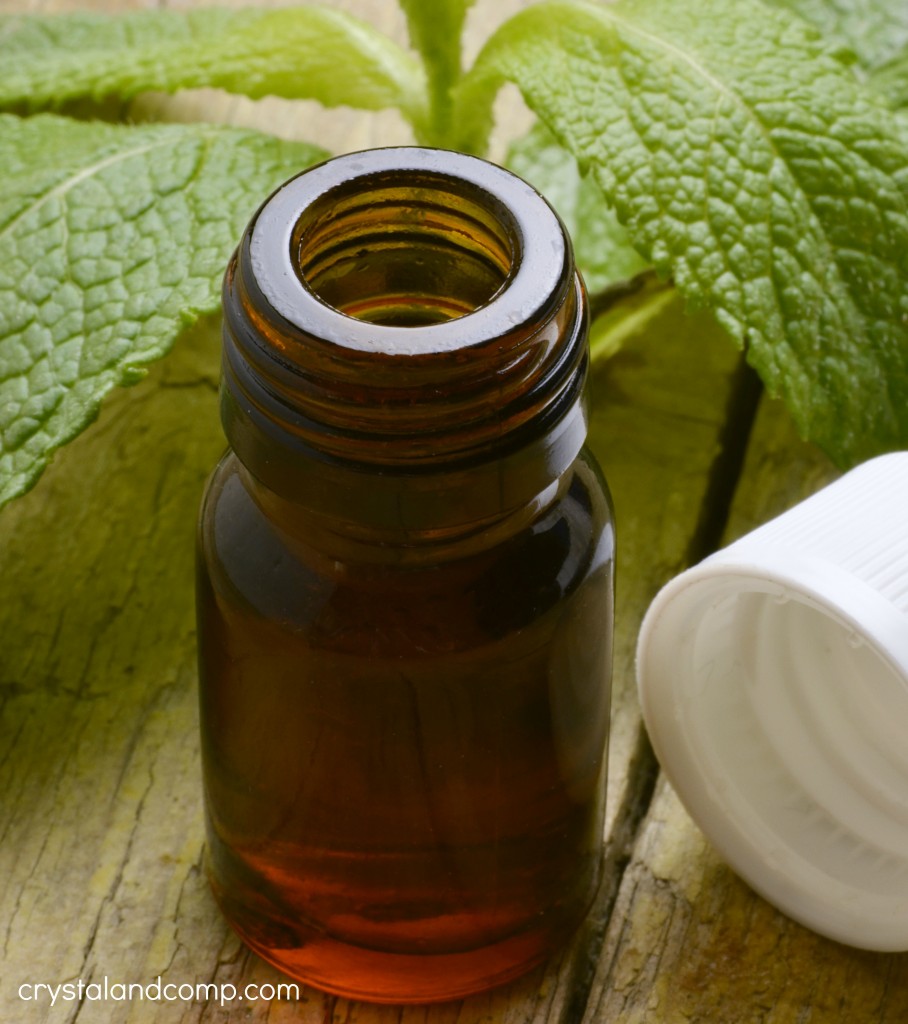
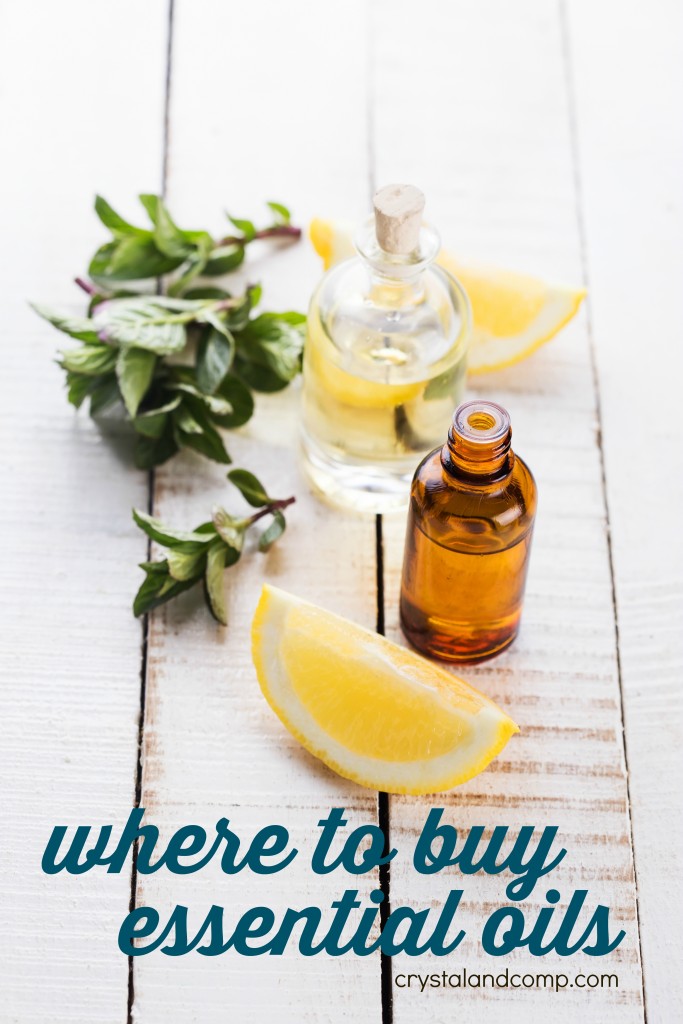
I agree that all essential oils are created equal. But Young Living isn’t the only essential oil that is therapeutic grade. I buy essential oils on Amazon.com and the oils I buy are therapeutic grade. And they don’t have to have the high price that Young Living does.
Hi Cathy,
Will you post which oils you get from Amazon? I’m starting a project for work that requires large amounts and would love to know which oil brands have worked well for you. Thanks
I do not buy my essential oils on Amazon. I do buy coconut oil on Amazon.
I meant to say that they are not all created equal.